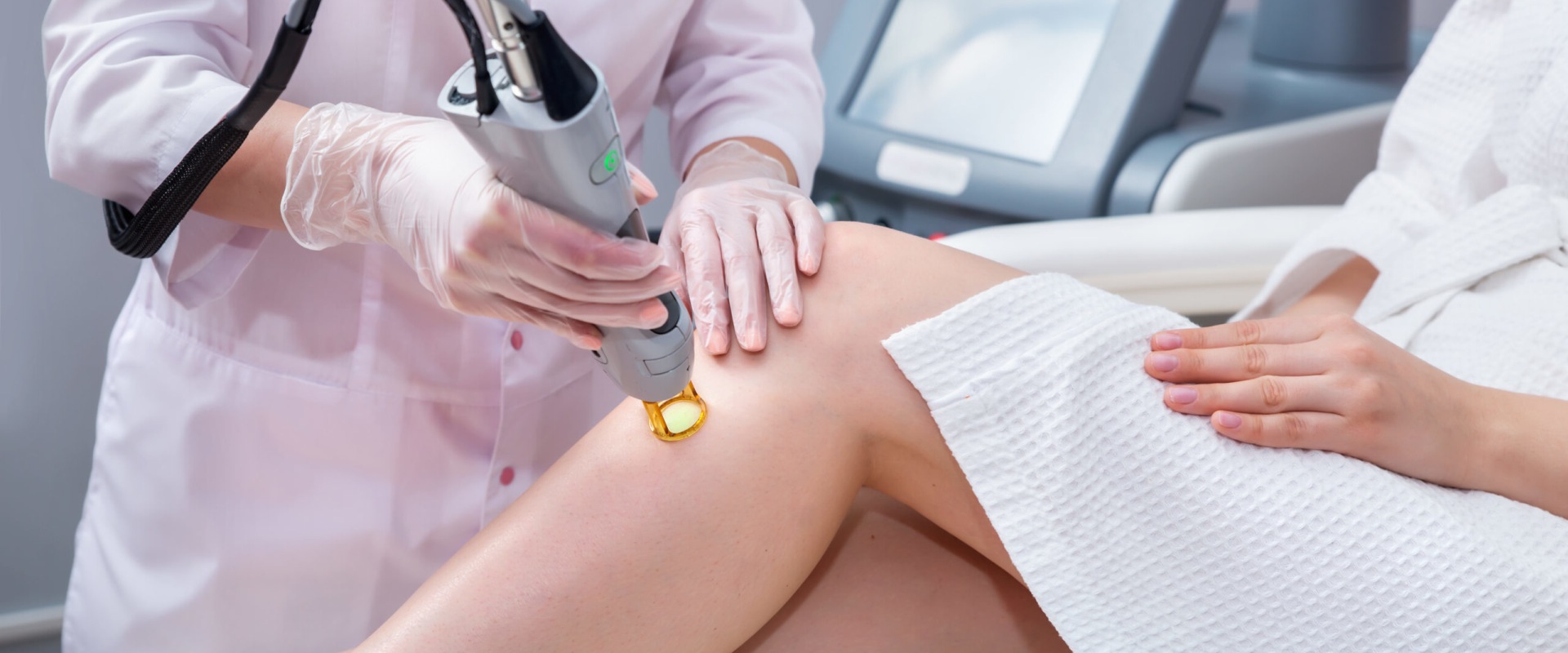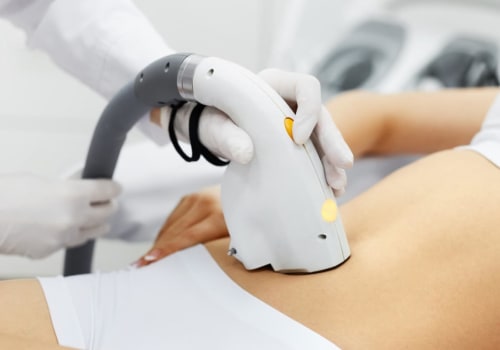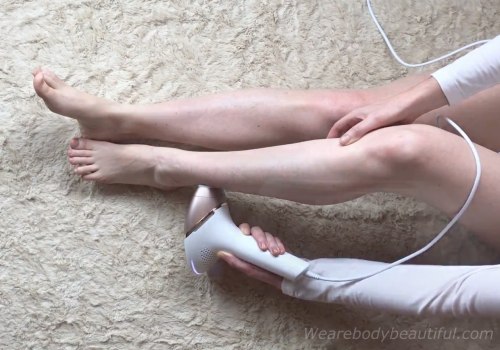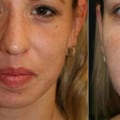Laser hair removal treatments are becoming increasingly popular due to their effectiveness and convenience. However, in order to ensure safety and optimal results, it is important to maintain a sterile environment during the procedure. With the right protocols in place, you can rest assured knowing that your laser hair removal treatments are being done in a safe and hygienic environment. In this article, we will discuss the importance of maintaining a sterile environment during laser hair removal treatments and explain the necessary steps to ensure that the treatment is performed safely. We will also provide tips for keeping the treatment area clean and hygienic, as well as discuss the potential risks of not following the proper safety protocols. The first step in preparing for a laser hair removal treatment is to clean and disinfect the treatment area.
This includes sanitizing any surfaces that may come into contact with the patient, such as the treatment bed, chair, and other equipment. It is also important to make sure that all surfaces are free from dust and debris. After the area is clean and disinfected, it is important to wear proper protective clothing and equipment, such as gloves, masks, gowns, and eye protection. Once the treatment area is prepared, it is important to ensure that all instruments and equipment used during the treatment are sterile.
This includes any needles or scalpels used for injections or incisions. All instruments should be pre-sterilized and stored in a sterile container. It is also important to use only new disposable items, such as gloves and needles, during the treatment. During the treatment, it is important to follow all safety protocols to prevent contamination. This includes avoiding contact with any contaminated surfaces or items and making sure that any used items are disposed of properly.
It is also important to avoid contact with bodily fluids, such as blood or saliva, as these can contain infectious agents. Finally, it is important to properly dispose of any medical waste generated during the treatment. This includes any used needles, gloves, or other disposable items. These items should be placed in an approved hazardous waste container for proper disposal.
Following Safety Protocols
Maintaining a Sterile Environment During Laser Hair Removal Treatments During the treatment, it is important to follow all safety protocols to prevent contamination.It is necessary to wear sterile gloves and a mask to protect the patient from any potential contaminants. The treatment area should be disinfected prior to the start of the procedure. Additionally, any instruments used for the treatment should be sterilized before use. After the procedure is completed, any used items should be disposed of in a designated area.
The patient should also be provided with instructions on how to care for the area after the procedure. This includes avoiding activities such as swimming or hot baths that could cause infection. Additionally, any bandages should be replaced regularly and kept clean in order to prevent any further contamination. Following these safety protocols can help ensure that the patient has a safe and successful laser hair removal experience.
Preparing for Treatment
The first step in preparing for a laser hair removal treatment is to clean and disinfect the treatment area. Proper cleaning and disinfection reduces the risk of infection and helps ensure that the laser treatment is performed safely. It is important to follow the manufacturer's instructions for cleaning and disinfecting the equipment before and after each use. In addition to cleaning and disinfecting the treatment area, it is important to prepare the skin for the laser treatment. This includes removing any makeup or creams from the area that will be treated, as well as trimming any long hairs in the treatment area.It is also recommended to avoid sun exposure in the area for several weeks before the treatment. Finally, it is important to discuss any medical conditions with the practitioner before starting a laser hair removal treatment. Certain medical conditions, such as diabetes or skin conditions, may increase the risk of complications during the procedure. If a patient has any pre-existing medical conditions, they should inform their practitioner before starting a laser hair removal treatment.
Maintaining Sterility During Treatment
It is important to ensure that all instruments and equipment used during a laser hair removal treatment are sterile. All instruments should be pre-sterilized and stored in a sterile container, such as an autoclave, to avoid contamination.The sterilization process should be monitored regularly to ensure that all instruments remain sterile. The treatment area should also be kept sterile by regularly cleaning it with an antiseptic solution. Any surfaces that come into contact with the patient should be covered with a disposable barrier, such as a drape, to prevent cross-contamination. In addition, all medical waste should be handled and disposed of in accordance with local regulations. It is essential to maintain a sterile environment during laser hair removal treatments in order to protect the safety and health of the patient. By following the proper steps for preparing for a treatment and properly handling and disposing of medical waste, practitioners can ensure that their patients are receiving safe, effective treatments.
Proper Disposal of Medical Waste
Finally, it is important to properly dispose of any medical waste generated during the treatment.It is important that these items are handled safely and disposed of properly in an approved hazardous waste container to avoid any potential risk to the patient, medical staff, and the environment. Medical waste should be kept separate from regular trash and disposed of according to local regulations. All medical waste containers should be clearly labeled and placed in an area that is accessible only to authorized personnel. When disposing of medical waste, it is essential to follow safety protocols and wear appropriate protective equipment, such as gloves and face masks, to avoid any potential contamination. It is also important to properly disinfect any surfaces that may have come into contact with medical waste. This includes any countertops, tables, or other equipment that may have been used during the treatment.
By properly disposing of medical waste and taking the necessary precautions to ensure a sterile environment, laser hair removal treatments can be performed safely and effectively. Maintaining a sterile environment during laser hair removal treatments is essential for ensuring patient safety. By preparing for treatments, ensuring sterility during treatments, following safety protocols, and properly disposing of medical waste, you can help ensure that your patients have a safe and successful experience. These steps are crucial for promoting patient safety and reducing the risk of infection during laser hair removal treatments. By following the guidelines outlined in this article, you can help to ensure that your patients receive the best possible care and have a positive experience with their treatments.







